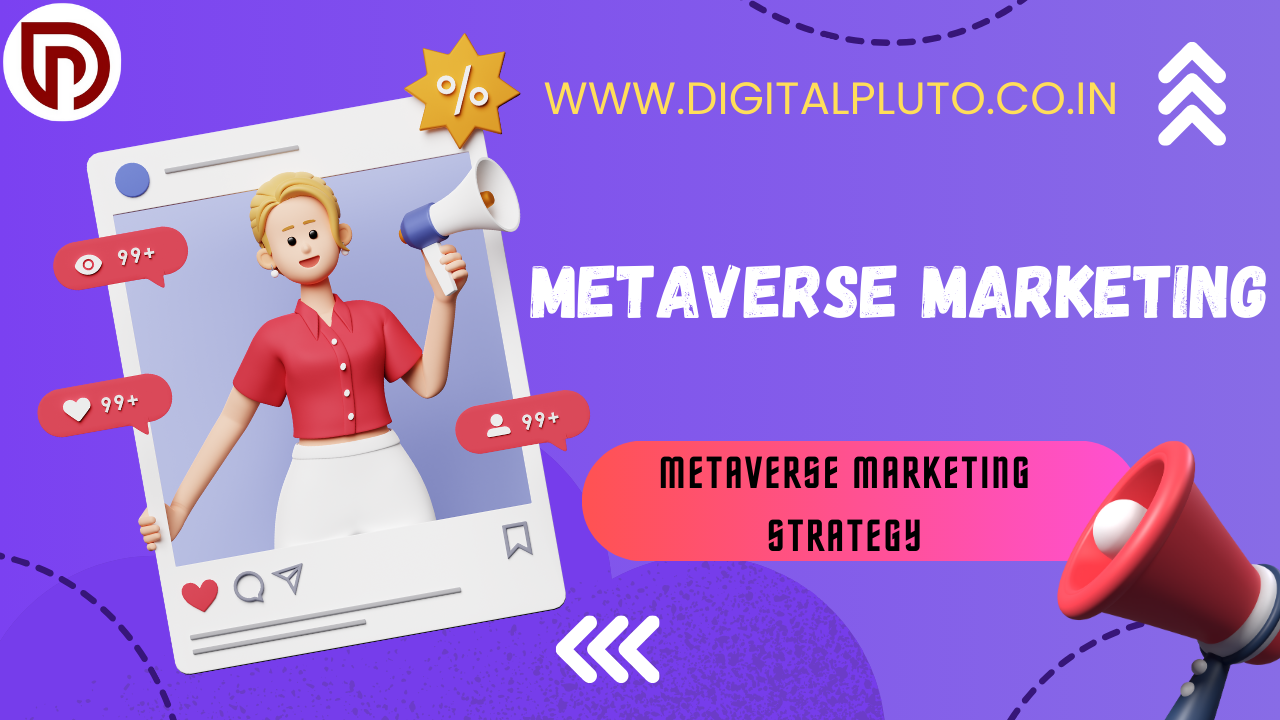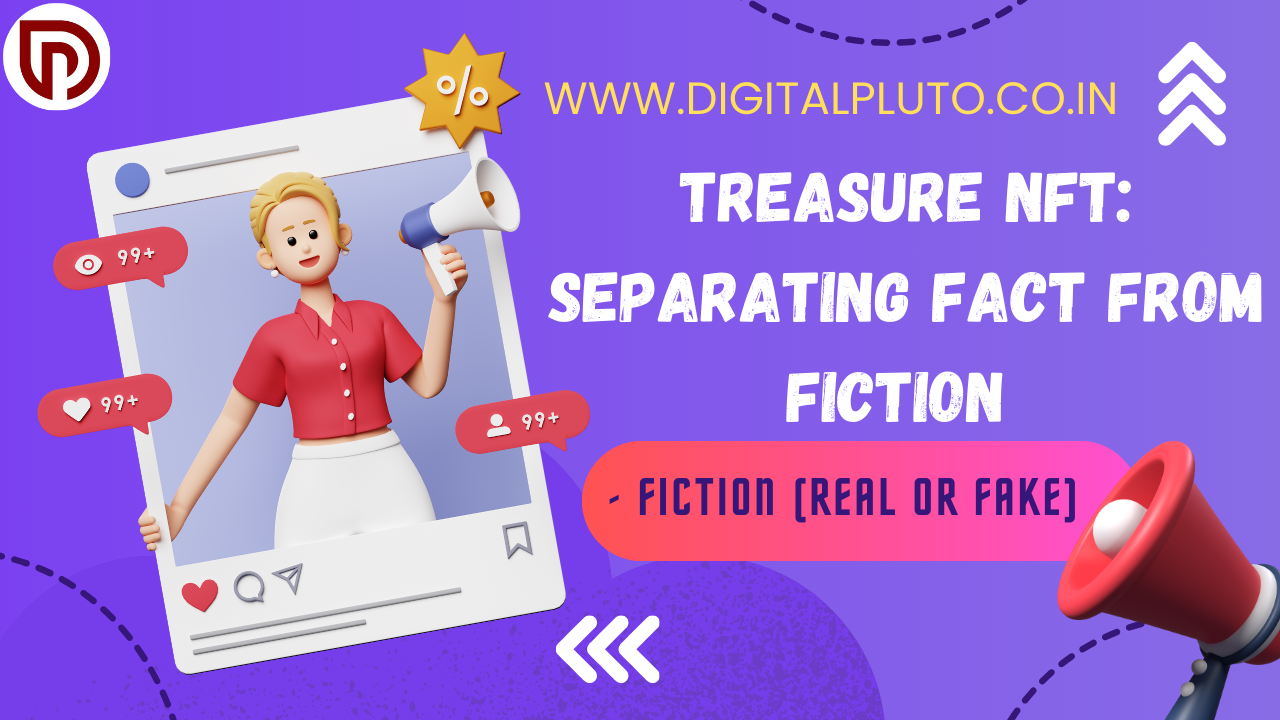5 Integral Portfolio Tips for Designers
It may seem overwhelming to put together a fashion portfolio, but do not worry. It all comes down to displaying your originality, talent, and sense of style. This blog post, 5 Integral Portfolio Tips for Designers, will provide you with advice on how to build a fashion design portfolio that will make you stand out from the competition and land you coveted assignments or your ideal job. So, let’s get started.
Table of Contents
- Leverage Lead Magnets to Grow Your Email List
- Implement Live Chat for Seamless Client Communication
- Incorporate Interactive Elements to Captivate Your Audience
- Embrace Unique Formats to Stand Out
- Ensure Responsive Design for Seamless Viewing
- FAQ
1) Grow Your Email Database Using Lead Magnets: 5 Integral Portfolio Tips for Designers
The best venue for you, as a graphic designer, to showcase your work and attract clients is your portfolio website. But why not take it a step further? Including a lead magnet in your portfolio might help you showcase your experience and compile an email list of prospective clients.
Compose a complimentary electronic book or manual on your specialty, such as “The Ultimate Guide to Effective Logo Design.” When visitors opt-in to receive this information, you can add them to your email list and follow up with a series of automated emails showcasing your work and providing design feedback. This not only helps you generate leads but also establishes you as a trusted authority in your field.
2) Implement Live Chat for Seamless Client Communication
In today’s fast-paced digital landscape, clients expect prompt and personalized communication. Instead of directing them to email or a contact form, consider integrating a live chat feature directly into your portfolio website. This allows potential clients to initiate a conversation with you in real-time, where you can promptly answer their questions, provide details about your services, and offer insights into your design process.
This not only looks professional, but it also helps maintain a smooth flow of communication, ensuring your clients feel valued and understood throughout the entire process. By making it easy for them to get the information they need, you’ll be one step closer to securing that next big project.
3) Incorporate Interactive Elements to capture Your Audience: 5 Integral Portfolio Tips for Designers
In 2024, your portfolio needs to go beyond static images and text. Incorporate interactive elements that showcase your creativity and design skills in a truly engaging way. This can include animated transitions, rollover effects, and even embedded videos that allow visitors to immerse themselves in your work.
Interactive elements not only enhance the user experience, but they also demonstrate your technical prowess and attention to detail. By creating a portfolio that is both visually stunning and highly interactive, you’ll leave a lasting impression on potential clients and set yourself apart from the competition.
4) Embrace Unique Formats to Stand Out
While a traditional online portfolio is a must-have, consider exploring alternative formats to showcase your work. This could include creating a physical Zen-style portfolio, complete with your best illustrations and a unique, tactile design. Handing out these portfolios at design meetups or industry events can help you stand out and make a lasting impression on your peers and potential clients.
Alternatively, you could opt for an interactive PDF or a custom microsite that allows you to present your work in a more dynamic and personalized way. By thinking outside the box, you’ll not only demonstrate your creativity but also show that you’re willing to go the extra mile to captivate your audience.
5) Ensure Responsive Design for Seamless Viewing in 5 Integral Portfolio Tips for Designers
In today’s mobile-first world, it’s crucial that your portfolio website is optimized for seamless viewing across all devices. Whether your potential clients are browsing on a desktop, tablet, or smartphone, your designs should adapt and adjust to provide a consistent and enjoyable experience.
By ensuring your portfolio is responsive and mobile-friendly, you’ll make it easy for clients to explore your work, no matter where they are or what device they’re using. This attention to detail will not only impress them but also increase the likelihood of them reaching out to collaborate on their next project.
FAQ: 5 Integral Portfolio Tips for Designers
Why is it important to have a lead magnet on my portfolio website?
A lead magnet on your portfolio website serves two key purposes: it helps you build a valuable email list of interested prospects, and it demonstrates your expertise in your field. By offering a free ebook or guide related to your specialty, you can capture the contact information of visitors who are interested in your work and nurture those leads with a series of automated emails showcasing your skills and insights.
How can a live chat feature improve my portfolio website?
Integrating a live chat feature into your portfolio website allows you to provide a more personalized and responsive experience for potential clients. Instead of forcing them to fill out a contact form or send an email, live chat enables real-time communication, where you can promptly answer their questions, discuss your services, and offer insights into your design process. This not only looks professional, but it also helps maintain a smooth flow of communication and makes clients feel valued.
What are some examples of interactive elements I can incorporate into my portfolio?
Some effective interactive elements you can include in your portfolio website include animated transitions, rollover effects, and embedded videos. These elements not only enhance the user experience, but they also showcase your technical skills and attention to detail. By creating a portfolio that is both visually stunning and highly interactive, you’ll leave a lasting impression on potential clients and set yourself apart from the competition.
How can I use unique portfolio formats to stand out?
While a traditional online portfolio is essential, you can also explore alternative formats to showcase your work and make a lasting impression. This could include creating a physical Zen-style portfolio, complete with your best illustrations and a unique, tactile design. Alternatively, you could opt for an interactive PDF or a custom microsite that allows you to present your work in a more dynamic and personalized way. By thinking outside the box, you’ll demonstrate your creativity and show that you’re willing to go the extra mile to captivate your audience.
Why is responsive design important for my portfolio website?
In today’s mobile-first world, it’s crucial that your portfolio website is optimized for seamless viewing across all devices. Whether your potential clients are browsing on a desktop, tablet, or smartphone, your designs should adapt and adjust to provide a consistent and enjoyable experience. By ensuring your portfolio is responsive and mobile-friendly, you’ll make it easy for clients to explore your work, no matter where they are or what device they’re using. This attention to detail will not only impress them but also increase the likelihood of them reaching out to collaborate on their next project.
Follow https://www.digitalpluto.co.in/ for the latest updates about graphic design.






